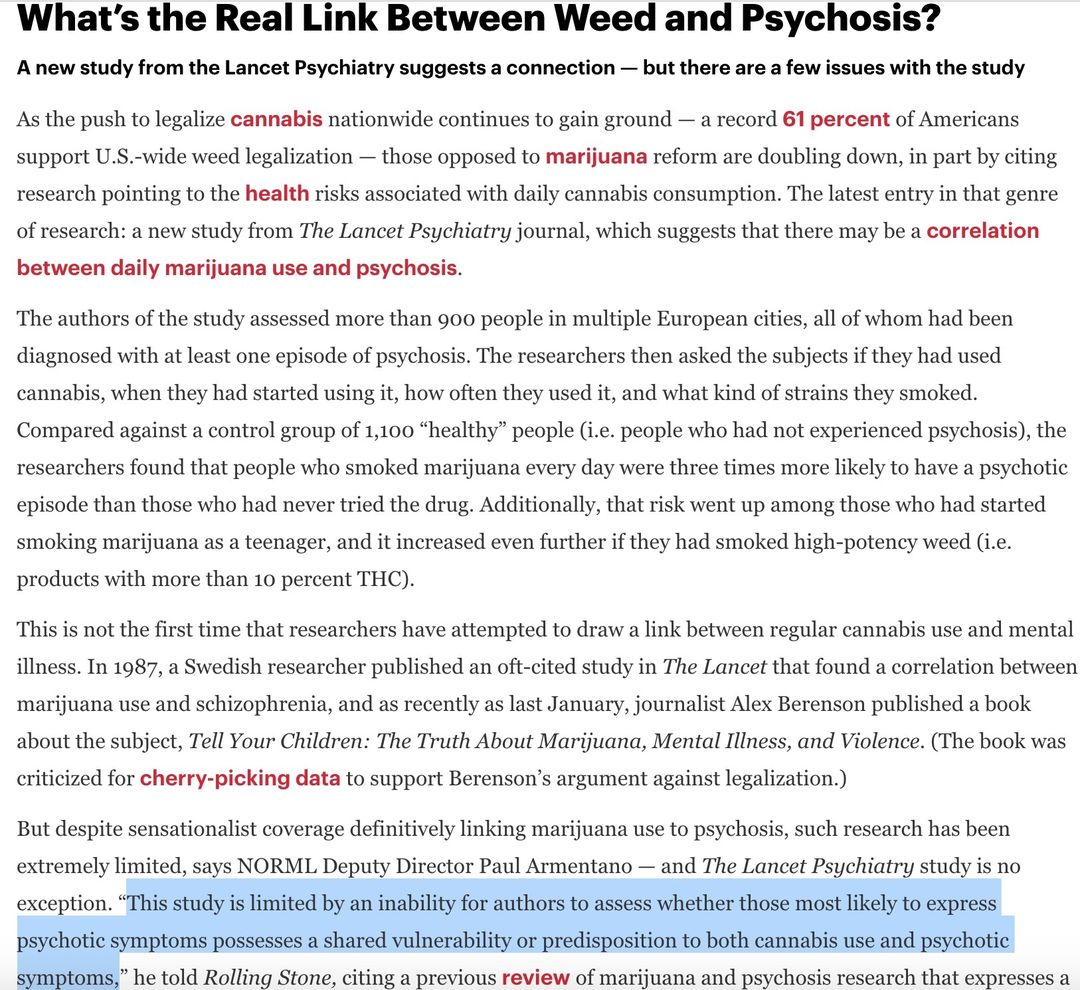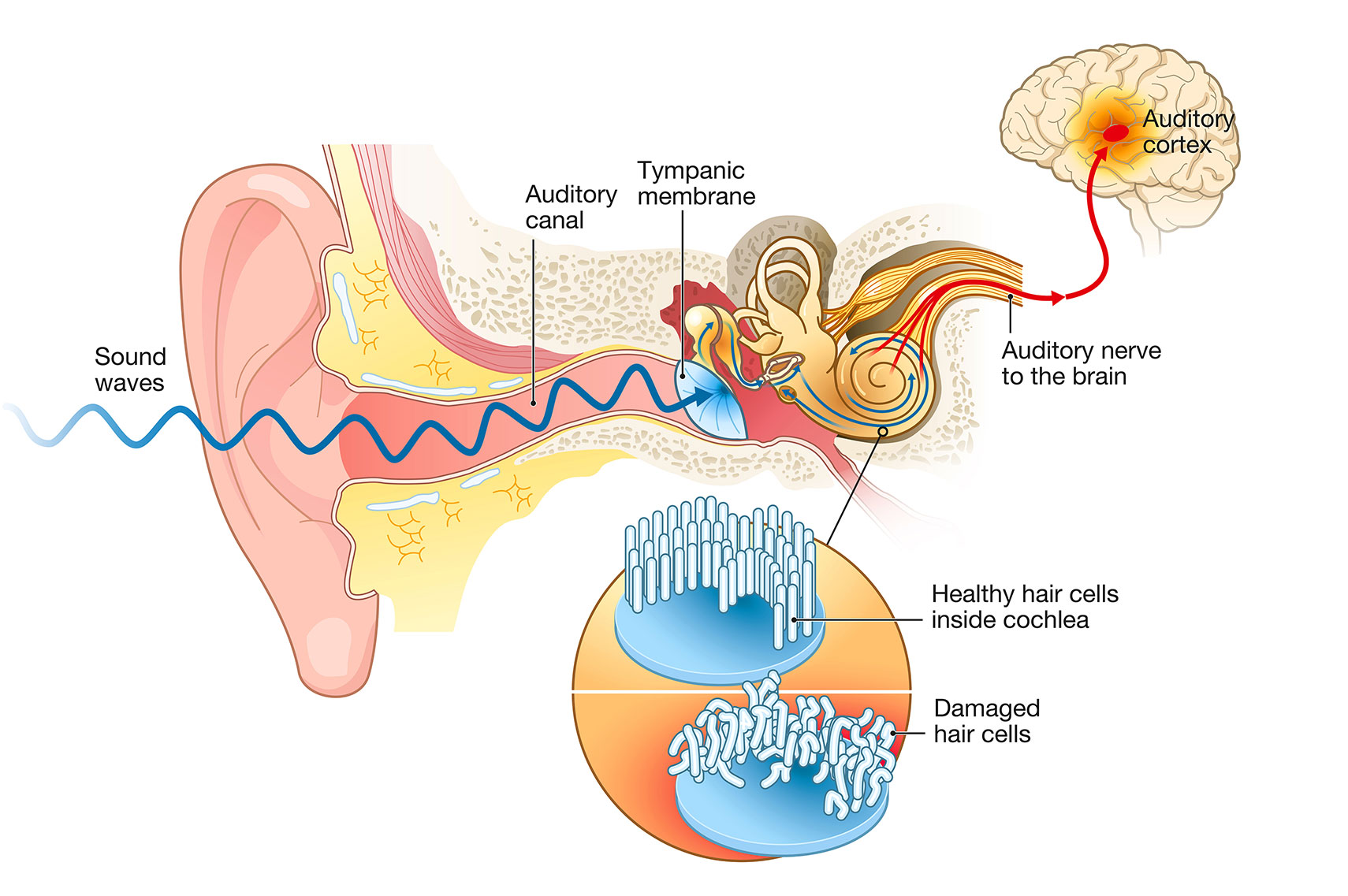Dogs and Cannabis
Cannabis is considered to have a high margin of safety for people; however, not all people, and certainly not all pets follow a single pattern of intoxication. A small amount may affect one pet more than another, so there is no official safe level of exposure. Differences in age, health status, and body size are some of the factors that can lead to toxicity differences.
Dogs have more cannabinoid receptors in their brains, which means the effects of cannabis are more dramatic and potentially more toxic when compared to humans. A small amount of cannabis is all it takes to cause toxicity in cats and dogs.
The minimum lethal oral dose of THC in pets is fairly high; however, deaths have been noted after ingestion of foods containing highly concentrated cannabis, such as medical-grade THC. In fact, fatalities were very rare until the development of medical-grade products.
Many of the signs of intoxication are neurological. Pets may become wobbly and uncoordinated. They may be hyperactive, disoriented, and very vocal. Their pupils may dilate, giving them a wild-eyed appearance, and they may drool excessively or vomit. They may also develop urinary incontinence (i.e., urine leakage). In severe cases, tremors, seizures, and coma can result.
Fortunately, these side effects are usually short-lived, but they can still be dangerous and make the pet quite miserable.




